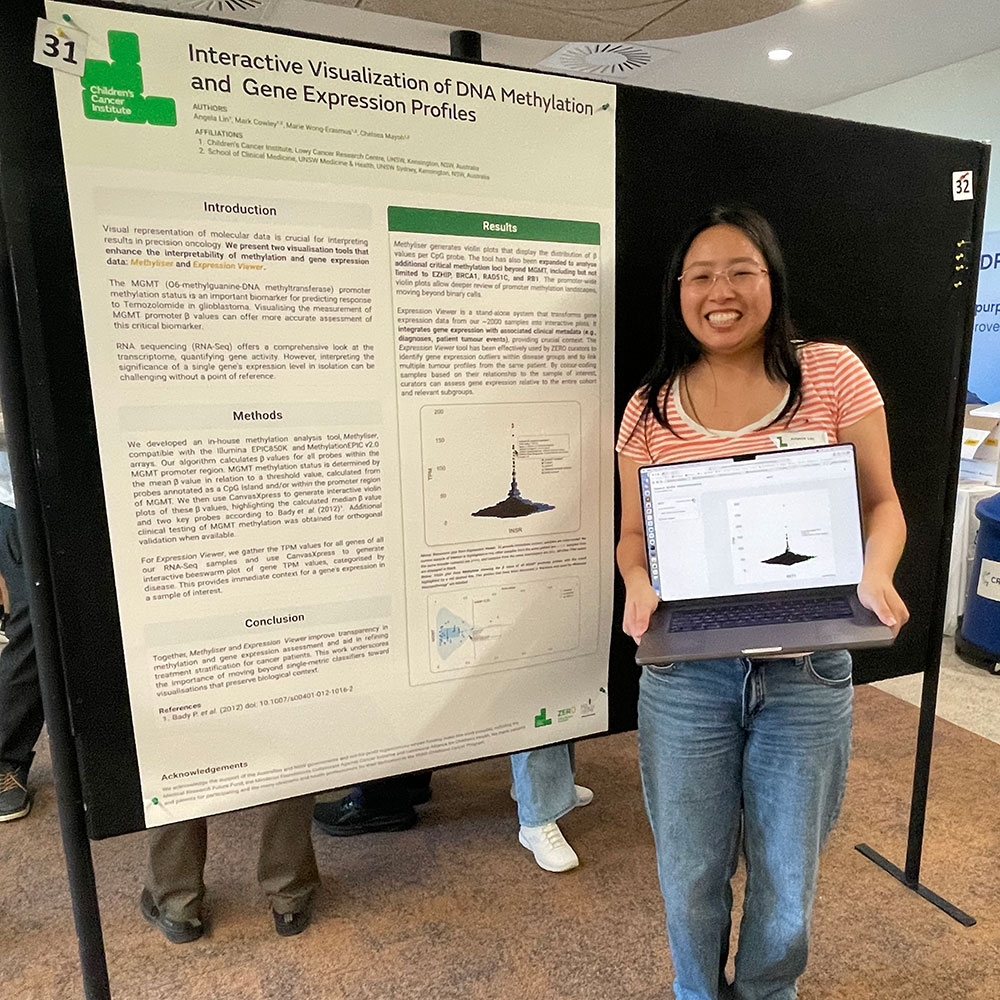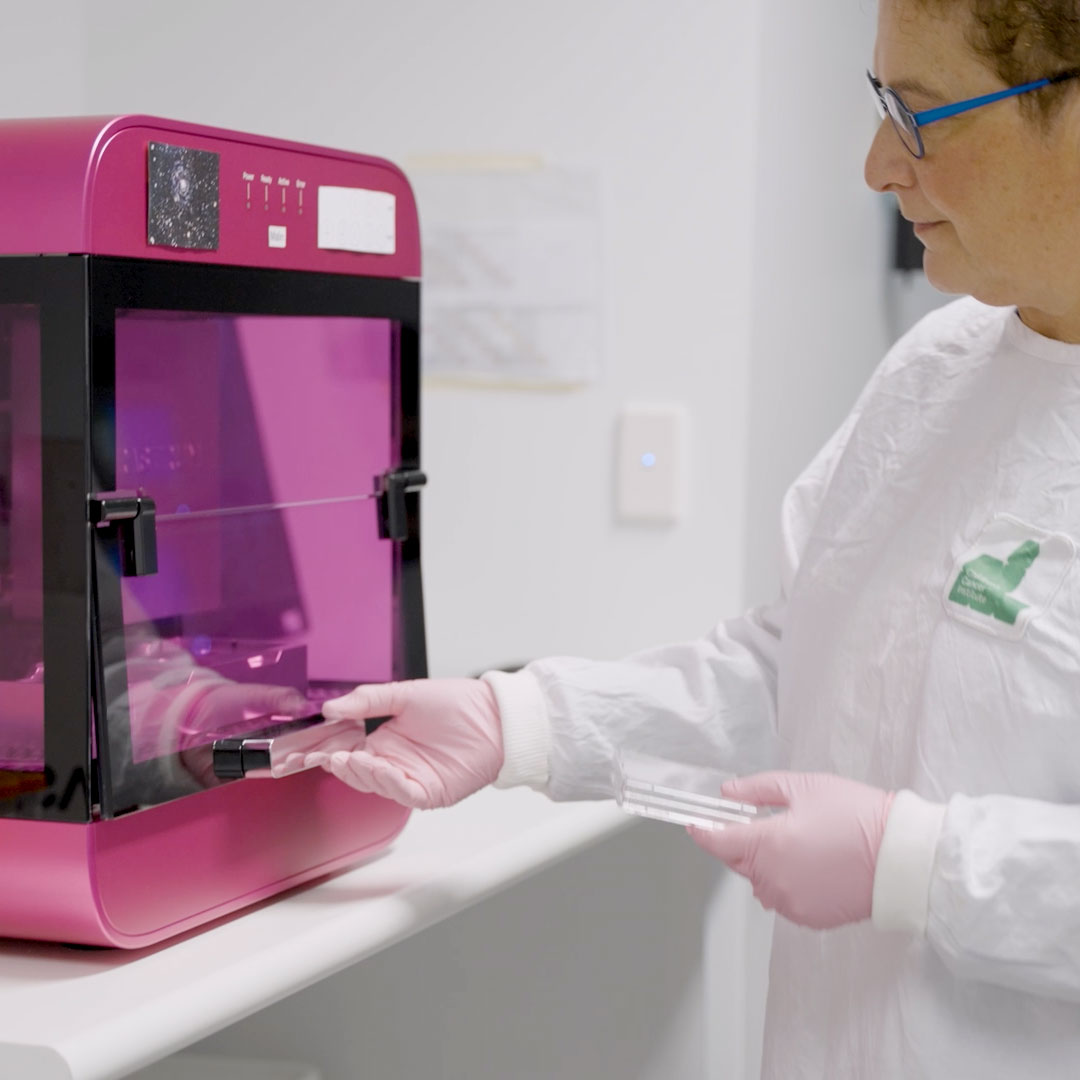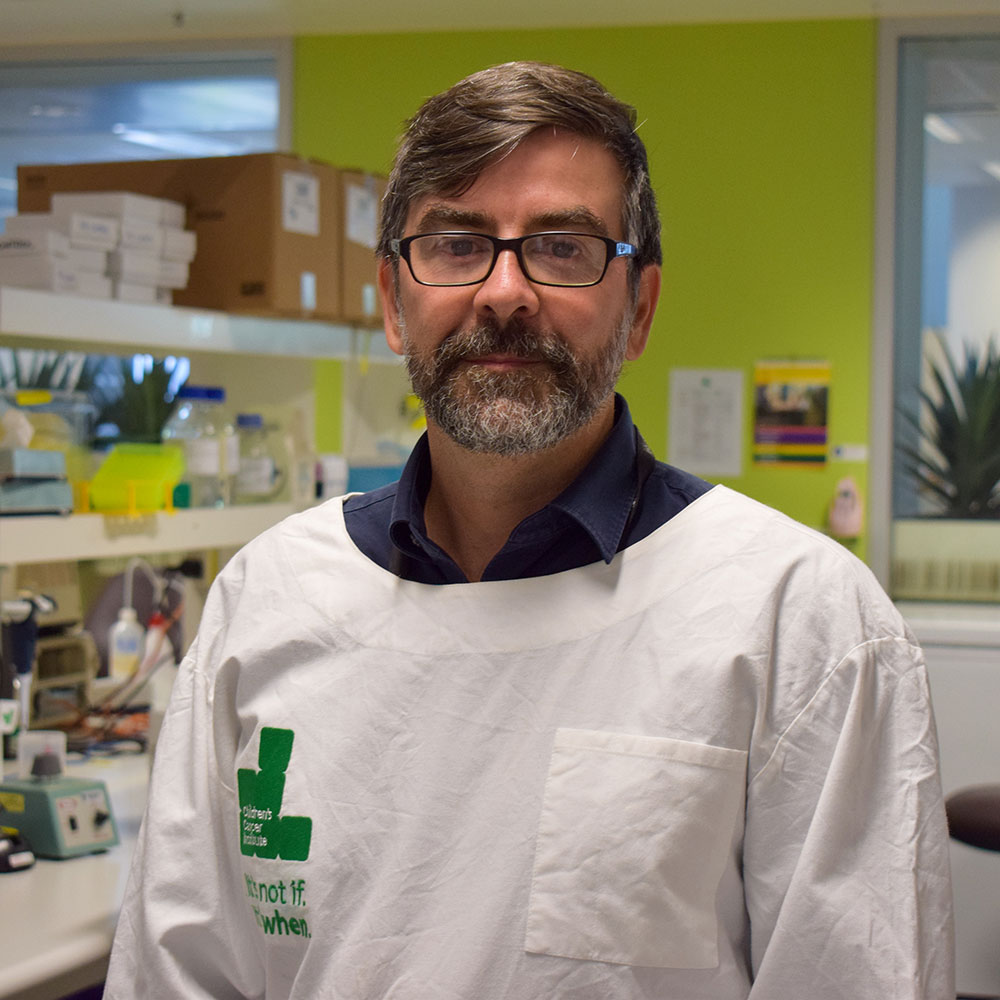Most children with neuroblastoma are treated with high doses of chemotherapy. This can cause life-threatening side effects and life-long health issues. Delivering a cancer drug directly and selectively to tumour cells would not only make it more effective, but also spare normal tissues. In collaboration with our industry partner EnGeneIC, we’ve shown for the first time that a naturally-derived delivery vehicle called a nanocell can deliver chemotherapy to neuroblastoma cells.
More effective, less toxic drug delivery
EnGeneIC has developed nanocells, tiny pouches made from bacteria, that can be loaded up with chemotherapy drugs and aimed specifically at cancer cells. How does it work? Nanocells are coated with antibodies that bind to receptors on the surface of cancer cells. Nanocells are then swallowed up by the cancer cells. Once inside they’re broken down, releasing their toxic payload and killing the cancer cells. 
How the nanocell (also known as a minicell) works (Image supplied by EnGeneIC)
The advantage of this system is that it delivers highly toxic drugs directly to cancer cells without damaging healthy cells, which is what happens when these drugs are delivered intravenously.
Putting nanocells to work against neuroblastoma
In a study just published in the journal Molecular Cancer Therapeutics, our researchers tested nanocells loaded with a drug called doxorubicin against neuroblastoma. They found that treating a mouse model of neuroblastoma with doxorubicin-loaded nanocells significantly increased the mice’s survival, compared to mice treated with intravenous doxorubicin. Amazingly, the amount of doxorubicin inside the nanocells was 100 times less than the amount injected intravenously.
This work shows that nanocells may be an effective therapy for neuroblastoma. Professor Maria Kavallaris, who led the study, believes they could help overcome a common problem in cancer research.
“Often potent cancer drugs work extremely well in preclinical studies but prove toxic in clinical trials,” she said. “We believe this delivery system may overcome this by getting these drugs we know can work straight to the tumour.”
From bench to bedside
Nanocells have already been tested in two clinical trials of adult cancers and found to be safe. A Phase 1 clinical trial of nanocells for children with recurrent or refractory (hard-to-treat) solid or central nervous system tumours, using a drug similar to doxorubicin, has started.
This trial is being led by Professor David Ziegler, a co-author on the study, who is a Group Leader at Children’s Cancer Institute and paediatric oncologist and Head of Clinical Trials at Sydney Children’s Hospital, Randwick. The trial, which is taking place at the Sydney Children’s Hospital, Randwick, and the Children’s Hospital, Westmead, will establish whether the treatment is safe for children and will determine the best dose.
Find out more about EnGeneIC’s EDVTM nanocell technology.
Top image: Professor Maria Kavallaris















